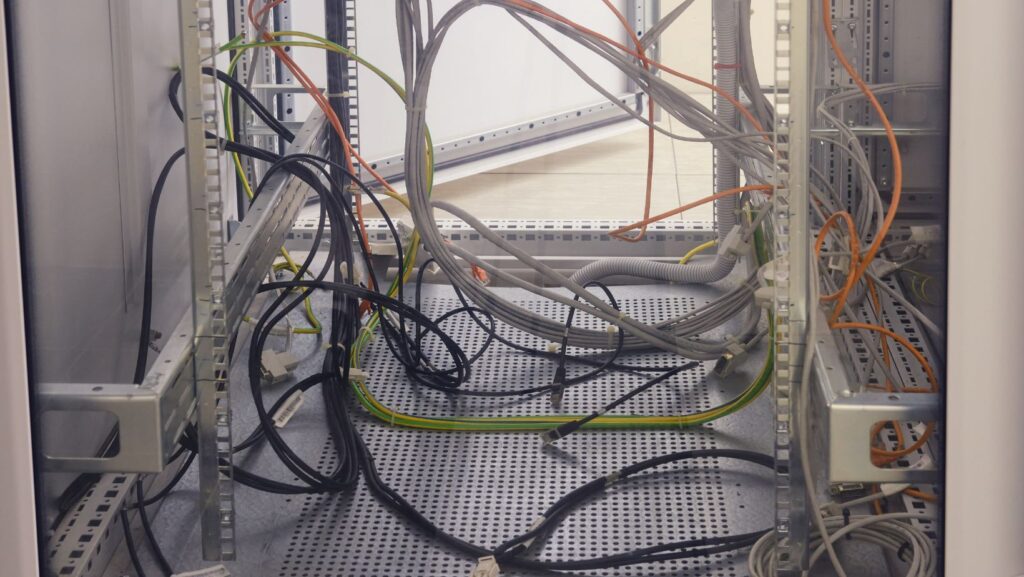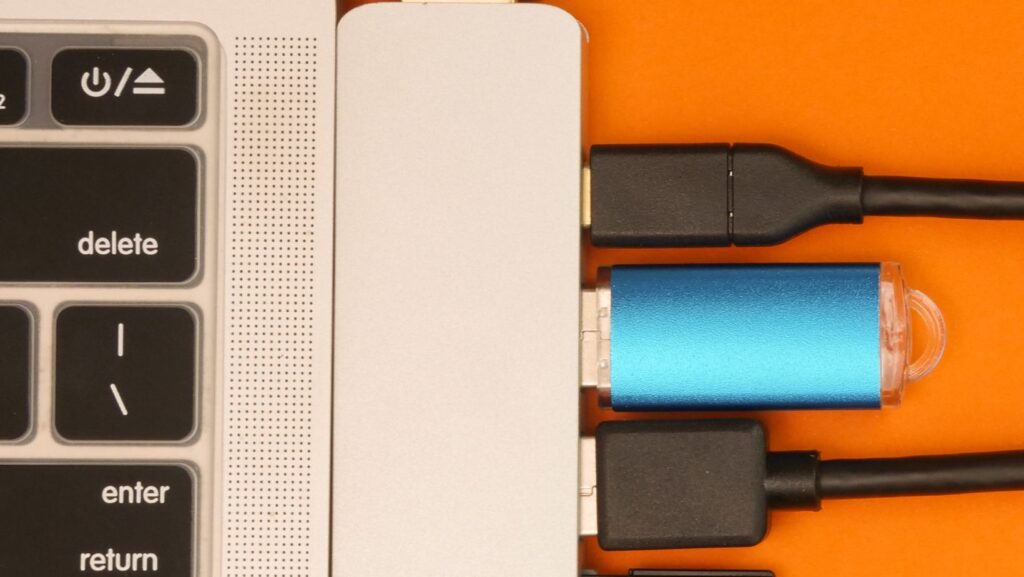Smart Hub Connection Test
 In today’s connected world, a smart hub acts as the brain of a smart home, seamlessly linking all devices for a cohesive experience. However, ensuring that this hub operates efficiently requires regular connection tests. These tests help identify any issues that might disrupt the harmonious functioning of your smart ecosystem.
In today’s connected world, a smart hub acts as the brain of a smart home, seamlessly linking all devices for a cohesive experience. However, ensuring that this hub operates efficiently requires regular connection tests. These tests help identify any issues that might disrupt the harmonious functioning of your smart ecosystem.
A smart hub connection test is essential for maintaining the reliability and performance of your smart devices. It ensures that your lights, thermostats, security cameras, and other gadgets communicate effectively with each other. By understanding how to perform these tests, users can troubleshoot potential problems before they escalate, keeping their smart homes running smoothly.
Understanding Smart Hubs
Smart hubs serve as the nerve center of connected homes, integrating and managing various smart devices. They streamline communication between gadgets like lights, thermostats, and security cameras through a single interface. This centralization allows for easy control and automation of different activities within the home.

These hubs use different protocols such as Zigbee, Z-Wave, and Wi-Fi to ensure device compatibility and connectivity. Zigbee and Z-Wave are mesh networks, meaning each device acts as a repeater, enhancing overall network strength and reliability. Wi-Fi-based hubs depend on the home’s existing Wi-Fi network for operation. Compatibility matters when choosing a hub, as some devices may only work withspecific protocols.
Voice assistant integration adds further convenience to smart hubs. With support for Amazon Alexa, Google Assistant, or Apple Siri, users can control their smart home devices using voice commands. This feature simplifies interactions, making the home even smarter.
Smart hubs also provide enhanced security features. They enable users to monitor and control security systems remotely, receiving alerts for unusual activities. Additionally, the hubs often support encrypted communication, ensuring data privacy.
Regular firmware updates are crucial for maintaining smart hub performance. Manufacturers release these updates to fix bugs, patch security vulnerabilities, and add new features. Users should keep their hubs up to date to ensure optimal functionality and security.
Smart hubs are integral to a seamless smart home experience. They manage device communication, support multiple protocols, integrate with voice assistants, enhance security, and require regular updates for optimal performance.
Key Features of Smart Hubs
Smart hubs act as the central core of every connected home. They offer various features that ensure efficient and reliable operation of smart devices.
Device Compatibility
Smart hubs support different devices, enabling seamless integration across multiple brands and functionalities. Compatibility extends to lights, thermostats, cameras, and even smart locks. By supporting protocols like Zigbee and Z-Wave, these hubs connect devices from different manufacturers, creating a unified smart home environment. Examples include connecting a Philips Hue light to a Nest thermostat for coordinated routines.
Connectivity Options
Smart hubs utilize diverse connectivity options to communicate with devices. They integrate Wi-Fi, Bluetooth, Zigbee, and Z-Wave to maximize compatibility and performance. Wi-Fi facilitates broad coverage for internet-based devices, while Zigbee and Z-Wave enhance local network stability. Bluetooth connects smaller or temporary devices efficiently. For example, a smart hub can manage a Wi-Fi-based security camera, a Bluetooth door sensor, and Zigbee light bulbs simultaneously.
Preparing for the Smart Hub Connection Test
Smart hub connection tests ensure that devices communicate effectively, maintaining a seamless smart home experience.
Required Equipment
To conduct a smart hub connection test, gather the following:
- Smart Hub: Ensure it’s connected to power and functioning.
- Devices: Include all devices linked to the hub like lights, thermostats, and security cameras.
- Wi-Fi Router: Confirm it’s operating and providing stable internet.
- Smartphone or Tablet: Use a device with the smart hub app installed for test management.
- Cables and Adapters: Have necessary power cables and any required adapters.
Pre-Test Checklist
Follow this checklist to prepare:

- Update Firmware: Ensure the smart hub and devices have the latest firmware.
- Check Device Placement: Position devices within the optimal range of the hub.
- Verify Connectivity: Ensure all devices are linked and visible in the hub app.
- Backup Hub Settings: Save a backup of your current hub settings.
- Charge Devices: Fully charge battery-operated devices to avoid interruptions during testing.
- Clear Network Issues: Restart the router to eliminate connectivity problems.
- Review Device Logs: Check logs for any error messages or disconnections.
Following these steps will help streamline the connection test process.



